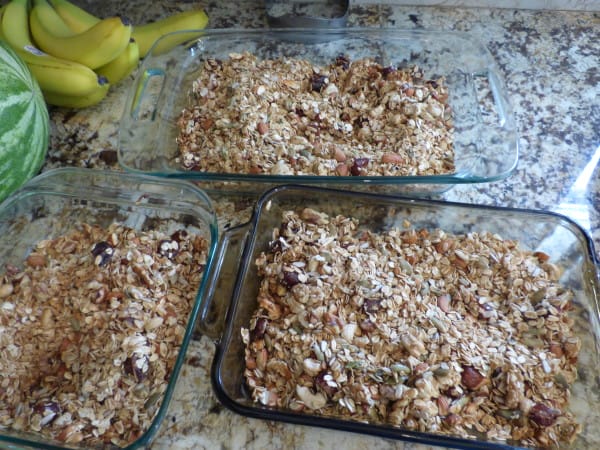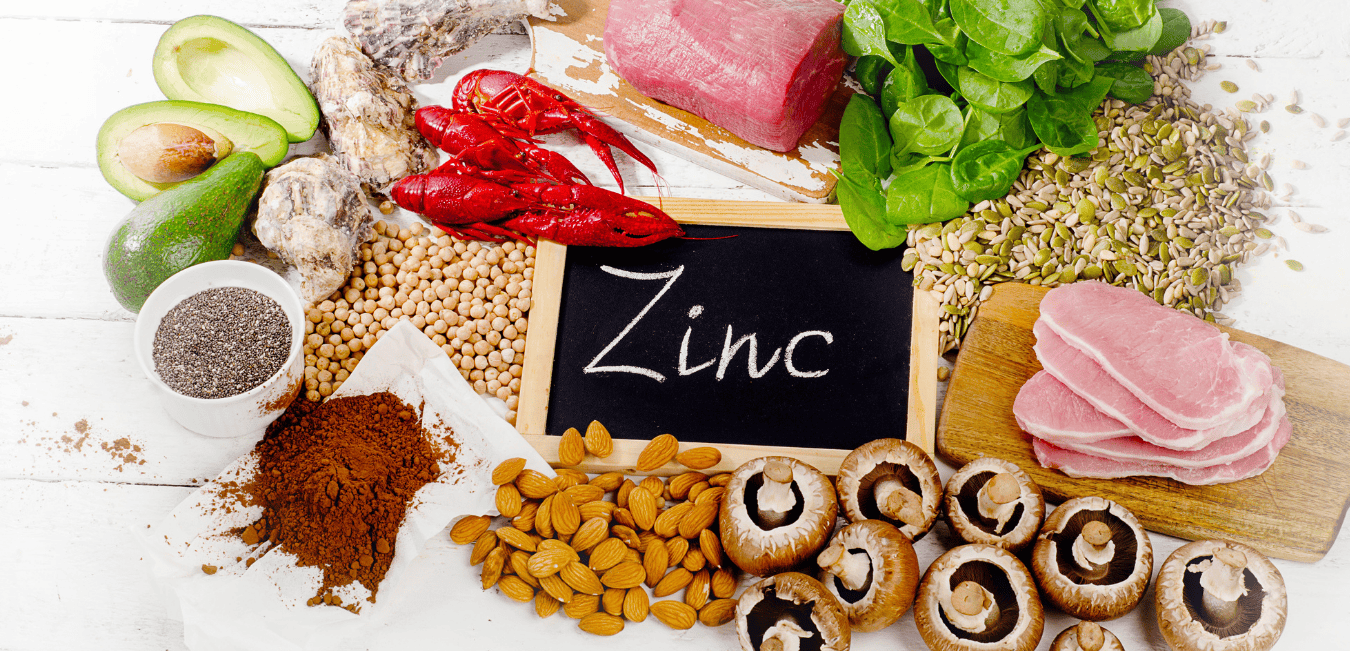Mac & cheese is a well-loved staple in many homes (mine included!)—quick to make, comforting, and almost always a hit with kids. But while it’s certainly convenient and kid-approved, it’s not exactly the most nutrient-dense option.
In this article, you’ll find some of my go-to tricks for transforming boxed mac & cheese into a meal to feel good about, and your kids will love it just the same!
Why Nutrient Density Matters for Kids
Nutrient density refers to the amount of beneficial nutrients — like vitamins, minerals, protein, and healthy fats — contained in a food relative to its calorie content (1). In other words, nutrient density is about getting the most nutrition per bite.
This matters for all of us, but it’s especially critical for kids. During early childhood, their brains and bodies are developing rapidly. They need a wide variety of nutrients to support everything from learning and memory to bone growth and immune function.
To learn more, read this article: The Benefits of Omega Fatty Acids for School-Aged Children
This is why I like to really emphasize nutrient density when planning meals for kids. I like to focus on making the foods kids already love (like boxed mac & cheese) more nourishing. This way, we can sneak in more of the good stuff without turning mealtime into a battle.
You may like this article, too: How To Pack A Nutritious School Lunch

6 Tips to Fortify Mac & Cheese
Below are my top six tips for fortifying boxed mac & cheese so it becomes a nutrient dense meal.
Tip #1: Cook Pasta in Bone Broth.
I love to swap water for bone broth when boiling pasta. It’s a simple switch that adds gut-friendly collagen, minerals like calcium and magnesium, and immune-supportive amino acids… Plus a little extra protein. I find that chicken broth has a milder taste and is almost undetectable in the final dish, and I recommend using just enough broth to cover the pasta so you don’t waste any precious bone broth when you strain it off at the end of the cook time.
To get my bone broth recipe, click here: The Benefits Of Bone Broth (And How To Make It Yourself)
Tip #2: Stir an Egg Yolk Into Hot Mac & Cheese.
This is perhaps my favorite tip! After boiling the macaroni for the recommended cook time, and draining off the cooking liquid the recipe will tell you to return the still hot macaroni to the pan and add in butter, milk, and cheese powder. At this point, I like to stir in a pasture-raised egg yolk or two, mixing quickly to combine. The heat gently cooks the egg yolk, and it adds creamy richness (think spaghetti carbonara) plus you’re adding brain-boosting choline, healthy fats, and fat-soluble vitamins like A, D, and E. This trick is an easy win for picky eaters who don’t love eggs on their own.
Looking for more ways to sneak more eggs into your child’s diet? Read these articles: Nutrient & Calorie Dense Foods That Help Underweight Kids Thrive and Custard: A Nutrient-Dense Option for Picky Eaters.
Tip #3: Add Butternut Squash or Sweet Potato Purée to Mac & Cheese for Veggie-Averse Kiddos.
If your child is not loving veggies at the moment, this tip is for you! Simply reduce the amount of milk the recipe asks for, and in its place add some pureed cooked squash or sweet potato for a subtle veggie boost. It blends right into the sauce and adds fiber, potassium, and beta-carotene, all without altering the flavor or look of the final dish too much.
To make this even easier, I like to batch-cook and freeze veggie purées in silicone ice cube trays. Squash, zucchini, carrots, and even cauliflower work well. When making sauces, stews, or taco meat, I just toss in a few frozen cubes for a nutrient boost.
Love batch cooking? Read this article: Nourishing Postpartum Freezer Meals: Family-Friendly Recipes To Stock Your Freezer
Tip #4: Use Whole Milk Instead of Low-Fat Milk or Water.
When cooking for kids, I recommend sticking with full-fat dairy (if dairy is tolerated). Whole milk adds healthy fats toddlers need for brain development, steady energy, and hormone production. If you’re dairy-free, choose a plant milk that contains fats (like full-fat coconut milk), or simply add an additional dash of a quality olive or coconut oil.
Looking to learn more about milk options for your family? Read this article: Introducing Whole Milk to Toddlers: What Parents Should Know
Tip #5: Mix in Real Cheese.
When I prepare boxed mac and cheese for my family, I like to reduce the amount of the powdered cheese mix I use, and instead I add in some quality ‘real’ cheese. This bumps up the protein, calcium, and flavor, plus it reduces the amount of processed ingredients and additives in each serving.
To learn more about processed foods, read this article: Ultra-Processed Foods: What Are They, & How Are They Affecting Kids?
Tip #6: Add a Capsule of Beef Liver.
Beef liver is one of the most nutrient-dense foods you can add to your child’s diet, but not everyone loves the taste. Beef liver capsules make it easy: you can simply open a capsule and stir the powder into the mac & cheese right before serving. This adds a concentrated boost of vitamin A for immune health, iron for energy, and B vitamins for brain function, without changing the flavor or texture.
Start slow, with just a small sprinkle, and taste as you go.
To learn more about my favorite ways to sneak beef liver powder into meals for kids, read this article: The Benefits of Beef Liver Capsules for Kids + Three Family Friendly Recipes!
Bonus Tip: Choose Smart Side Dishes.
Even with all these nutrient-boosting tips, I still like to add a few strategic side dishes to round out the meal. In our house, the best time to offer veggies is right before dinner—when kids are hungriest and most likely to eat them. I’ll often put out a plate of raw cucumber slices, cut up carrots, or bell pepper strips while I finish cooking. These colorful additions add fiber, antioxidants, and hydration to the meal.
To complete the meal, I’ll often serve mac and cheese with a quick and easy protein like a hard-boiled egg, canned bone-in sardines (full of calcium and omega-3s), or some leftover roasted chicken. These simple sides help balance out the meal and keep little tummies full and nourished.
For more kid friendly recipes, read this article: Top Sources of Vitamin D + Kid Friendly Recipes
Summary
Nutrient density means packing each bite with as many beneficial nutrients as possible. This is especially important for kids, whose growing bodies and brains need a steady supply of high-quality nutrition. If your child has strong food preferences, meet them where they’re at by honoring the foods they already enjoy—while using a few smart tricks to make those meals more nourishing.
Try cooking pasta in bone broth; stirring an egg yolk, beef liver powder, or veggie purée into sauces; and using whole milk instead of low-fat options. Don’t forget to serve simple nutrient-rich sides like raw veggies and easy proteins. With a few easy upgrades, boxed mac & cheese can be both comforting and packed with nutrition!
References:
- Drewnowski A, Fulgoni VL 3rd. Nutrient density: principles and evaluation tools. Am J Clin Nutr. 2014 May;99(5 Suppl):1223S-8S. doi: 10.3945/ajcn.113.073395. Epub 2014 Mar 19. PMID: 24646818.


